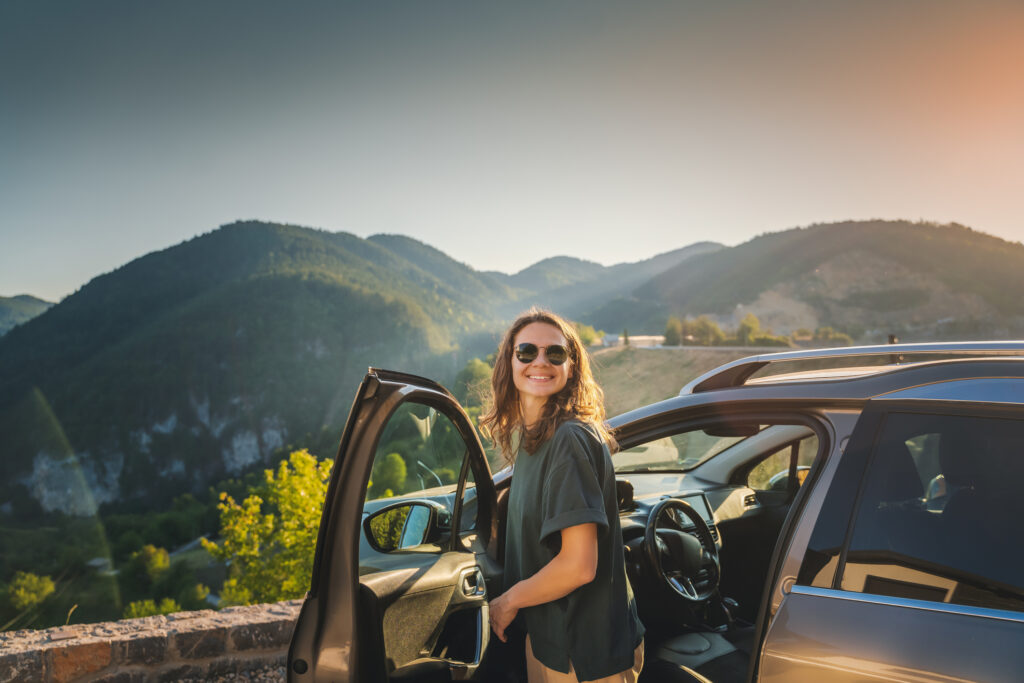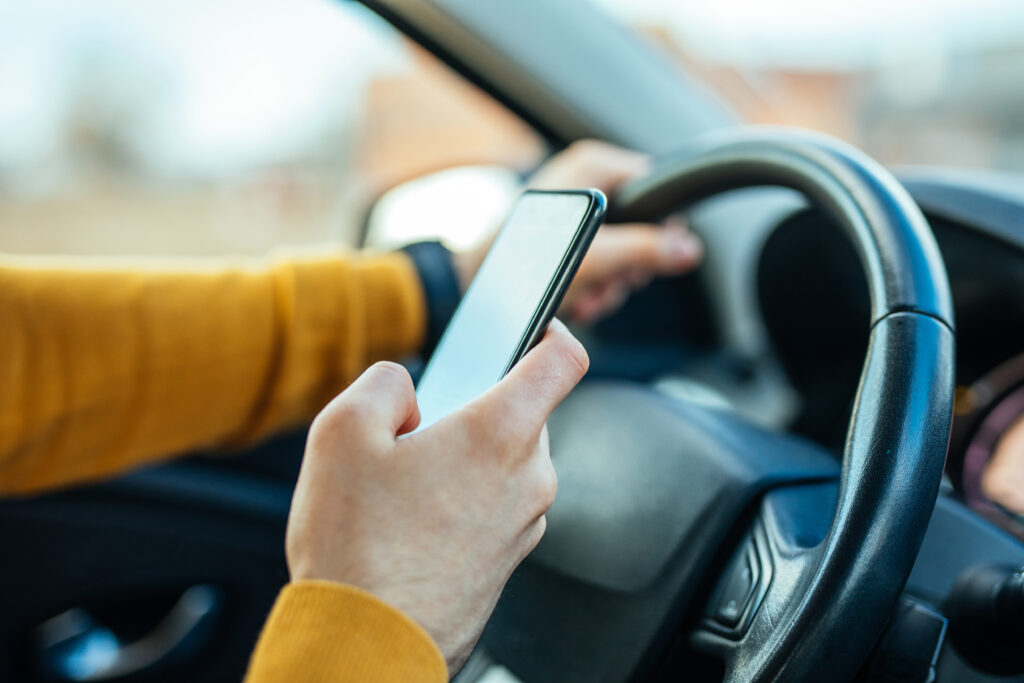Road Trip Safety

California has some of the most spectacular scenic drives in the country, from Highway 1 along the coast to the iconic Route 66. If you’re one of the millions of travelers getting behind the wheel this summer, there are a few key things you should be aware of to keep you and others safe. Buckle up and prepare for the ultimate trip with these road trip safety tips!
Check Your Vehicle
Whether you drive an SUV, a motorcycle, an electric vehicle, or an RV, you must inspect your vehicle before a long-haul drive. Check tire pressure, brakes, headlights, taillights, brake lights, fluid levels, battery health, and windshield wiper blades.
A thorough inspection can help you avoid breakdowns, accidents, and costly repairs on the road. You can also save fuel and reduce emissions by keeping your vehicle in good condition. If you are not sure how to inspect your vehicle, you can consult your owner’s manual or visit a trusted mechanic. Don’t forget to fill up your gas tank before heading out.
Pack a Safety Kit

You never know when an emergency may arise, so it’s best to be prepared with a safety kit that’s been stowed away in the vehicle. Make sure you have essentials like a spare tire, jumper cables, first aid kit, flashlight flares, a multi-purpose tool, a flashlight, duct tape, cell phone and charger, water, nonperishable food, and sunscreen. If you have a flat tire, a can of tire sealant and an air pump can help buy you time until you get to the nearest body shop.
Plan Route Ahead of Time
No road trip is perfect, and you are bound to encounter traffic and other obstacles on the way. This is why it’s important to plan your route ahead of time to check for road closures, weather conditions, and traffic. Set up GPS on your phone and keep it mounted on your dashboard. On a road trip, you will be traveling on unfamiliar roads. Remember to obey speed limits and traffic laws.
Buckle Up

Wearing a seatbelt is the single most important thing you can do to protect yourself in car accidents. The National Highway Traffic Safety Administration reported that seatbelts saved an estimated 14,955 lives in 2017 alone.
If you are traveling with young children, make sure car seats and booster seats are properly installed and secure. There are four different types of car seats: rear-facing car seats, forward-facing car seats, booster seats, and seat belts. Do your research and choose the best car seat to fit your child’s weight and size.
No Tailgating
We aren’t talking about tailgating at a football game. Tailgating is driving too closely behind another vehicle. Not only is it illegal in California, it is also very dangerous. When you follow too closely to the vehicle in front of you, you risk being involved in an accident. Maintaining a safe distance between you and the vehicle in front of you gives you enough time to react if the car in front stops suddenly.
The National Safety Council recommends using the three-second rule to ensure you have enough distance between you and the other vehicle. To do this, locate an item on the road, like an overhead sign or telephone pole. When the vehicle in front of you passes that marker, count a full three seconds. If you reach the same point before three, you are following too close.
No Texting and Driving

Distractions come in many different forms, but the most dangerous type of distracted driving is texting and driving. According to the NHTSA, sending or reading takes your eyes off the road for 5 seconds – at 55 mph, that’s like driving the length of an entire football field with your eyes closed. Teens are especially prone to this risky behavior, so if your teen plans on driving this summer, alert them of the dangers of distracted driving and encourage them to put their phone away.
Take Frequent Breaks
Drowsy driving is considered just as dangerous as drunk driving, and is especially common at night. According to the CDC, drowsiness makes you less able to pay attention on the road, slows your reaction time, and affects your ability to make good decisions. If you are planning to drive several hours or all day, plan to take frequent breaks along the way. Get out of the vehicle, stretch, or stop for a beverage at a gas station to get your energy back. Make sure to get enough sleep the night before the road trip. Avoid alcohol or medicines that make you sleepy.
Share the Road
Summer generally indicates there will be great weather, which also means there are a lot more people on the road. During this season, you will likely encounter more motorcyclists, pedestrians, and bicyclists than any other time of the year. This presents its own unique set of challenges, namely sharing the road. As a general rule of thumb, give bicyclists at least three feet of space when passing. Always give pedestrians the right of way at marked and unmarked crosswalks and intersections.
If you are a motorcyclist in California or driving next to one, know that they are legally allowed to lane split, which is the practice of riding between lanes stopped or slow moving of traffic.
Free Consultation | Arrowhead Accident Attorneys

At Arrowhead Accident Attorneys, we protect the rights of injured victims who have been wronged on the road. From rear-end collisions to rollover accidents, we have represented countless clients who have suffered injuries from serious auto accidents. We look at every case carefully to ensure you receive maximum compensation. Our legal team offers free consultations with no obligation to sign. Call our car accident lawyer in San Bernardino at (909) 453-2040 or fill out our online form.
